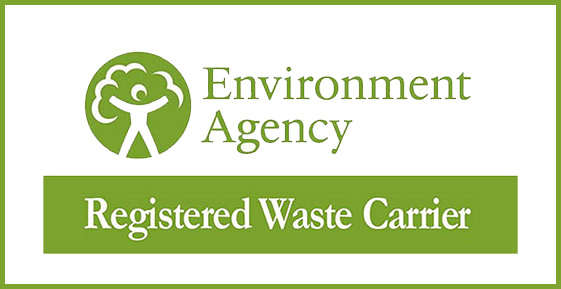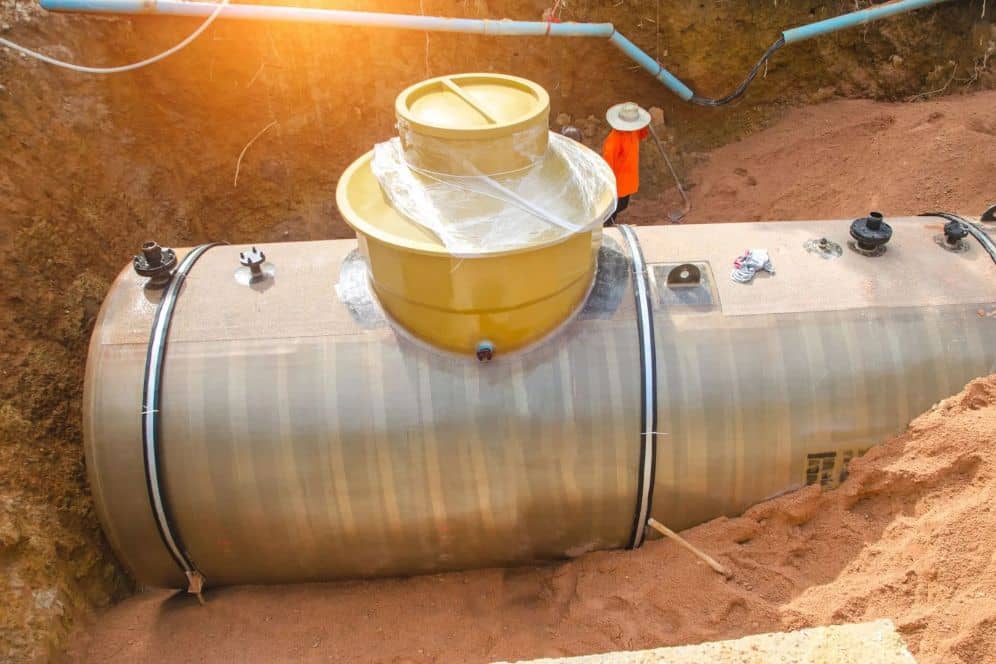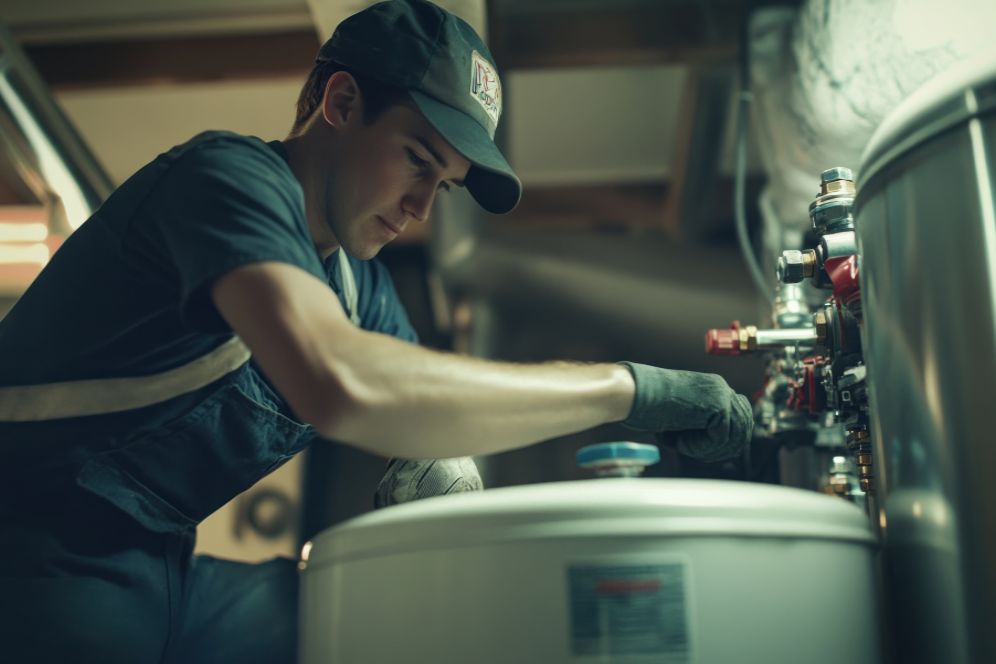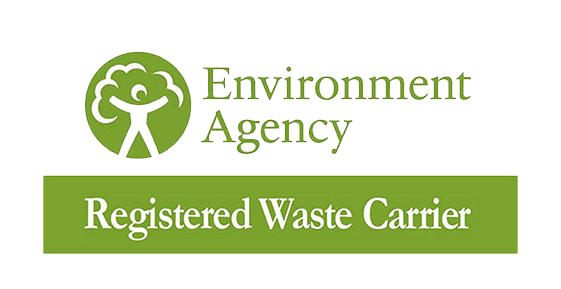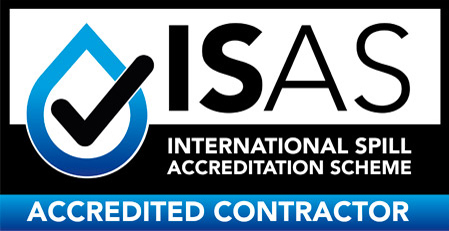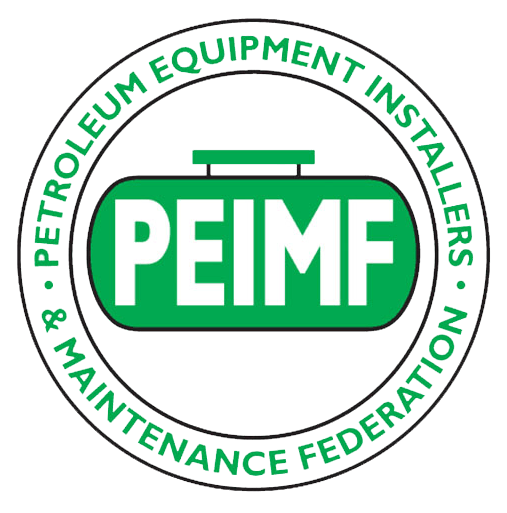Oil tanks, whether placed on any part of a property can be damaged and once it does, you have to replace it as there is no fix for cracks or major damages. Therefore, we’re not just going to share with you the things to do if your oil tank has a crack but, what are its signs and how to prevent such damages from happening in the first place so you don’t have to face this unfortunate situation again. It certainly is going to be an important topic, so let’s start…
Factors That Can Damage Your Oil Tanks
First, you need to know the reasons that cause cracks and other major damage to your oil tanks to timely identify them, take precautions, and call for professional aid. These signs include:
- 10-15 years old oil tanks are prone to physical damage, especially cracks.
- Rain can significantly impact metal oil tanks, causing splits, cracks, and water damage.
- Low temperature can cause tanks to become brittle which can lead to splits or cracks.
- Too much pressure on weak spots on the uneven or improperly installed tank bases can cause cracks and spillages.
- Check if you have trees around the place where your oil tank is installed as their falling branches can significantly damage your tank’s exterior.
- If your oil tank is exposed to sun then its direct light and UV rays can cause the tank to expand or contract, which can cause bends, eventually turning into cracks.
Steps to Take If Your Oil Tank Has a Crack
In case you find any cracks, then follow these steps:
- If oil leakage has started then you can identify this by a strong smell of oil in your home. In such a case, open doors and windows to ventilate the area.
- Take advice from your local authority by contacting the Environmental Health Department.
- Keep children and pets away from any leakages.
- Prevent oil from getting on your clothing and skin.
- Don’t eat, drink, or smoke during or after contact with the oil, and wash your hands and face properly.
- Turn off your oil supply to the tank.
- Try to identify the leakage point.
- Try your utmost to stop spillage and catch it at the source by placing a container under seeping oil. Don’t use containers utilised for humans and animals or to store food.
- Prevent spilled oil from getting into pipes and streams and particularly from spreading.
- To absorb oil, use sorbents or absorbing materials such as sand, earth, cat litter, or commercial products.
- Try to stem the flow if there’s a constant leak from the tank. For instance, you can try rubbing a soft soap bar into the split to temporarily repair a plastic tank. For metal tank, you can use the sealant.
- Try to evaluate the amount of lost oil by checking oil level in the tank and confirm the last delivery date and quantity you’ve used since then.
- Never use a hose or detergent to wash the spill away.
- Store anything that has oil on it or drenched into it, in safe containers that prevent leakage until disposed of.
- If you find the oil entering drains or water bodies such as ponds, groundwater, rivers, coastal waters, and creeks then contact your local regulatory body or Environmental Health department, if it’s affecting or going to affect public water supply. Don’t drink water if you identify your water supply has been affected.
- Call a fuel supplier to collect and remove any remaining fuel in the tank. Don’t store oil in a shed, vehicle, or building, and don’t do the removal job by yourself.
- Before calling for help, check with your insurer if it is you or them who need to arrange for a technician to replace your tank and/or pipework.
- Keep a record of all actions you take to prevent spillage so that you can later show them to the authorities.
Averting Oil Seepage: Prevention is Better than Cure
As we shared earlier, fuel tanks cannot be repaired once damaged; therefore, prevention is the only cure in this case. The main thing is to check your tank regularly so you can notice early signs to avoid any leakage issue.
You can call registered OFTEC technicians from Network Environmental UK to conduct a Tank Health Check. Our experts can review your tank’s general condition and give advice and tips about maintaining your tank and when to replace it.
You can perhaps buy a bunded oil tank i.e., a tank within a tank, with the outer tank as a protective layer while the inner tank holding the fuel. This oil tank helps you prevent damage from leakages, contamination, and weather, protecting the environment as a result and providing the most reliable way to store your oil.
Replace Your Oil Tank
If you think this is time to replace your tank which is the case in most instances, then you can contact Network Environmental UK for guidance or to install a new tank. We also provide waste oil collection, tank inspection, maintenance, and decommissioning services. Just contact 0121 308 6938 / 0154 332 4016 and let our experts handle your oil tank installation. To know more about where to install the new tank, check our helpful oil tank installation guide here.
